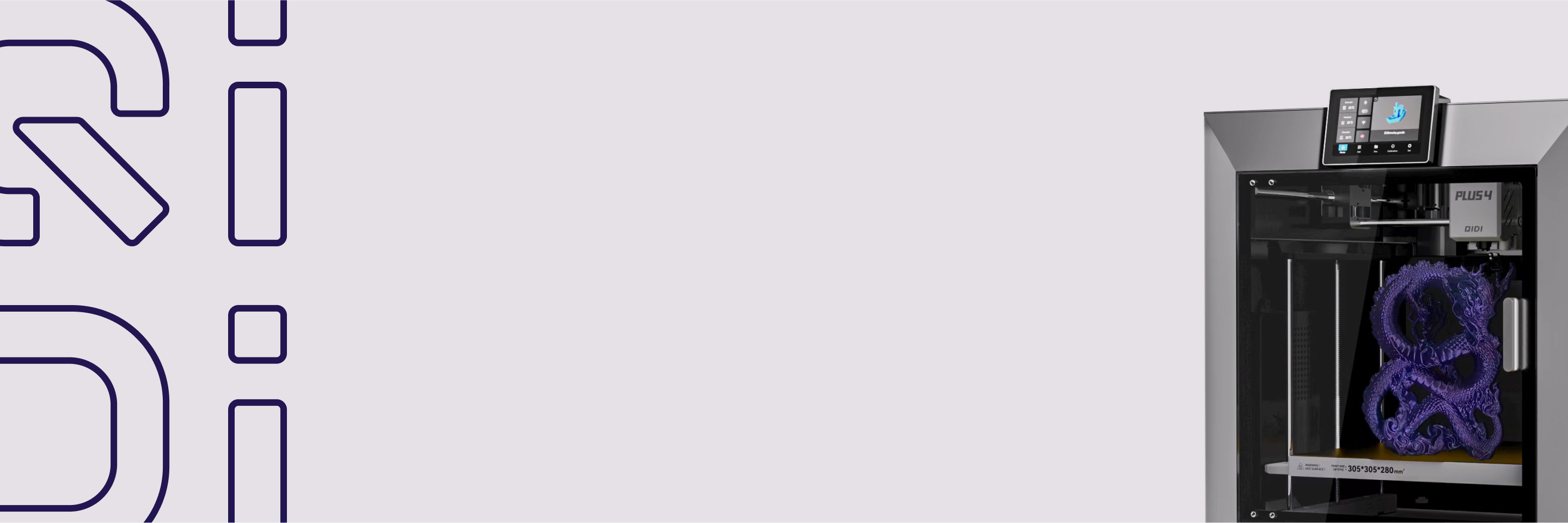Cad is priontáil FDM 3D ann?
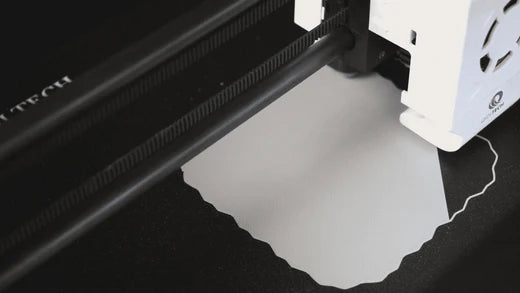
Téigh isteach in aon cheardlann meaisín nua-aimseartha, spás déantóra, nó fiú seomra suí, agus is dócha go gcasfaidh tú ar an radharc íocónach sin - fráma boscach printéir 3D, ag monarú páirteanna plaisteacha go seasta ciseal ar chiseal cosúil le damhán alla róbatach ag sníomh gréasáin gheoiméadracha. Ach tagann ainm sách coitianta ar an draíocht dhealraitheach sin - samhaltú taiscthe comhleáite, nó FDM.
Cad is printéir 3D FDM ann?
Tagraíonn FDM don chineál teicneolaíochta déantúsaíochta breiseáin is coitianta atá in úsáid inniu. Mar phróiseas priontála 3D inrochtana agus iontaofa, tógann FDM réada trí ábhar teirmeaplaisteach leáite a thaisceadh go roghnach ciseal ar chiseal i gcosáin priontála réamhchinntithe.
Tagann an téarma ón bprionsabal oibríochta lárnach - téitear stoc beatha filiméid ar dtús go staid leathleachta agus ansin easbhrúitear é agus cuirtear ar dhromchla priontála é áit a sholadaíonn sé go tapa, ag comhleá leis na sraitheanna atá ann cheana féin. De réir mar a leagtar síos agus a nasctar coirníní míne plaisteacha, glacann na codanna cruth ag teacht chun cinn ón bpróiseas priontála.
Aireagtha breis agus 30 bliain ó shin, tháirg teicneolaíochtaí luatha FDM fréamhshamhlacha as plaisteach ABS i seirbhísí priontála tráchtála 3T. Ó shin i leith, tá cumais priontála FDM tar éis dul chun cinn go tapa a bhuíochas le forbairtí i meicníochtaí easbhrúiteora beachta, ábhair theirmeaplaisteacha éagsúla, agus feidhmeanna leathnaithe - agus iad uile ag freastal ar chostais trealaimh níos inacmhainne.
Anois an caighdeán de facto i ndéantúsaíocht bhreiseánach, Priontáil 3D FDM cuireann sé uirlis déantúsaíochta digiteach ildánach ar fáil do ghnólachtaí agus do thomhaltóirí araon a chuireann ar chumas aistriú tapa ó dhearthaí samhail 3T go réada fisiciúla. Ó línte táirgeachta domhanda go socruithe deisce baile, Leanann dea-cháil FDM as iontaofacht de bheith ag tiomáint uileláithreachta de réir mar a athchruthaíonn an teicneolaíocht rochtain déantúsaíochta sa 21ú haois agus ina dhiaidh sin.

Príomhthréithe Priontaí FDM
Mar aon le haon mhodh déantúsaíochta, Priontáil 3D FDM Tá cáilíochtaí uathúla ag baint leis an bpróiseas. Cuidíonn eolas a chur ar na príomhthréithe FDM seo le roghanna dearaidh a threorú.
- Neart Ainiseatrópach: Ciallaíonn patrún greamaitheachta srathach priontaí 3T go mbíonn codanna níos laige agus iad ag scoilteadh idir strata seachas ag stróiceadh trasna orthu. Is í an eochair an treoshuíomh is fearr.
- Beachtas Ailínithe: Ligeann éagsúlachtaí táirgeachta idir 0.1-0.5% fós lamháltais arda agus tionóil fheistiúcháin nuair a dhéantar calabrú cúramach orthu. Baineann cruinneas le gach córas.
- Rún Cothrománach: Cé go gcuireann tiús na sraitheanna teorainn le cruinneas ingearach, braitheann réiteach XY ar mhéid nozzle an easbhrúiteora, de ghnáth 0.2 go 0.8mm le haghaidh priontaí láidre.
Trí eolas a chur ar ghnéithe cairdiúla an phróisis FDM, is féidir leas iomlán a bhaint as an bpróiseas ionas go réitíonn cruthaitheoirí dúshláin go coincheapúil ina ndeiseanna.
Príomhchodanna Printéir FDM
Glacann priontáil FDM comhaid mhúnla 3T digiteacha, cosúil leo siúd a easpórtáiltear ó bhogearraí CAD, agus a dhéanann réaltacht fhisiciúil díobh trí rince comhordaithe cúpla comhpháirteanna ardteicneolaíochta amháin:
- Filiméad: Soláthraíonn an ríl créachta seo an t-amhábhar - de ghnáth stoc beatha teirmeaplaisteach 1.75mm nó 2.85mm cosúil le ABS nó PLA.
- Sóip Priontála: Beathaítear an filiméad isteach i soic te a théitear chun an t-ábhar a leá. Easbhrúitear coirníní beachta plaisteach leachtach le trastomhais soic de 0.4mm ar an meán.
- Leaba Priontála: Faoi shuíomh beacht, taisctear an soic filiméad leáite ar an leaba priontála, ag tógáil cruthanna ciseal ar chiseal. Cuireann greamaitheacht cosc ar lúbadh.
- Córas Gantry: Comhordaíonn mótair an nozzle easbhrúiteora i spás tríthoiseach X/Y/Z, agus treoraítear iad feadh cosáin priontála an-chruinn.
Agus an seicheamh á athdhéanamh - leá, taisceadh, fuarú, agus nascadh - tógann meaisíní FDM réada iomlána ón mbun aníos de réir mar a charnaíonn sraitheanna dháthoiseacha go hingearach. Tar éis sraith a chríochnú, íslíonn an t-ardán tógála, agus taisceann soic an easbhrúiteora rian plaisteach leáite eile go díreach ar bharr an chinn dheireanaigh go dtí go sroicheann sé na hairde forordaithe.
Sula ndéantar priontáil orthu, ní mór comhaid mhúnla digiteacha a "slisniú" chun geoiméadrachtaí 3T a aistriú go cosáin uirlisí uimhriúla - treoracha cód-G go bunúsach. Cosúil le scanadh aráin, cinneann na céadta trasghearrthacha cothrománacha samhailteacha sraitheanna priontála.

Ábhair le haghaidh Priontála 3D FDM: Níos mó ná Plaisteach Leáite
Cé go bhfeiceann priontáil FDM úsáid fhorleathan as a hiontaofacht agus a thorthaí trasna feidhmeanna, tá méadú na teicneolaíochta mar gheall ar an raon leathan táirgí. ábhair fheidhmiúla ag neartú a chumais i bhfad níos faide ná fréamhshamáirí amháin.
- Sainmhíniú ar Theirmeaplaistigh: Tá na hábhair inphriontáilte atá mar bhunús le buntáiste FDM suite i rang ar a dtugtar teirmeaplaistigh - plaistigh a leáíonn faoi theas ach a athchriostalaíonn ina solaid nuair a fhuaraítear iad. Ceadaíonn an mhaoin inchúlaithe seo taisceadh beacht i stáit leachtaithe.
- Filiméid Choitianta: Filiméid ABS agus PLA is iad na cinn is mó a úsáidtear mar cheannairí filiméid, agus ina dhiaidh sin tá líonadh práis, PETG, agus TPE solúbtha le haghaidh feidhmeanna speisialaithe. Leathnaíonn comhchodanna breise cosúil le meascáin adhmaid nó snáithíní carbóin na féidearthachtaí.
- Filiméid Choimhthíocha agus Feidhmiúla: Tá ciorcaid leabaithe i bhfiliméid sheoltacha leictreacha a nascann rudaí clóite go díreach le cumhacht nó le comharthaí. Idir an dá linn, feabhsaíonn filiméid tacaíochta intuaslagtha dearaí crochta ach níochán siad nuair is gá, ag imeacht cosúil le taibhsí nuair a chríochnaíonn a gcuid oibre.
- Ag Roghnú de réir Airíonna: Cuidíonn dlús, greamaitheacht sraitheanna, friotaíocht UV, agus bithdhíghrádaitheacht le hábhair idéalacha a chinneadh le haghaidh dálaí oibriúcháin, agus teas, nochtadh lasmuigh, nó feidhm snap-fheistiú solúbtha á gcur san áireamh thar fréamhshamáirí amhairc.
Feidhmchláir FDM sa Domhan Réadach
Cruthaíodh FDM ar dtús chun fréamhshamhlú coincheapa dearaidh táirgí a dhéanamh go háisiúil, ach bhí sé chomh hiontaofa sin inniu Glactar go forleathan le printéirí FDM i róil déantúsaíochta ríthábhachtacha ar fud earnálacha.
- Déantúsaíocht Thapa: Úsáideann monaróirí aeraspáis córais FDM tionsclaíocha chun jigí tionóil bheachta a phriontáil a shealbhaíonn páirteanna comhpháirteanna aerárthaí atá ag dul faoi mheaisínithe. Trí na huirlisí saincheaptha seo a phriontáil 3D seachas monarú traidisiúnta a fhoinsiú allamuigh, is féidir le monarchana aerárthaí daingneáin a athrá go tapa inmheánach de réir mar a athraíonn riachtanais.
- Oideachas: Tá printéirí 3T FDM deisce ionchorpraithe i gcláir STEM i scoileanna agus ollscoileanna, rud a chuireann ar chumas daltaí foghlaim trí fhréamhshamhlacha fisiciúla a chruthú de na rudaí a dhearann siad. Spreagann smaointe a thabhairt chun críche spéis san innealtóireacht, sa teicneolaíocht agus sa samhaltú le haghaidh foghlama eolaíochta feidhmí. Déanann printéirí 3T oideachasúla turgnamhaíocht phraiticiúil tionscadail. cost-éifeachtach.
- Leighis: Leathnaíonn tionchar cúram sláinte FDM gach lá trí chomhpháirteanna saincheaptha a phriontáil a mheaitseálann anatamaíocht an othair le tiontú íomháithe leighis neamh-ionracha go samhlacha 3T. Úsáideann máinleáithe macasamhla orgán priontáilte 3T tadhlacha chun cabhrú le pleanáil réamh-mháinliachta agus déanann innealtóirí feistí tarrthála beatha a dhearadh agus a bhailíochtú go tapa cosúil le swabanna nasopharyngeal arna dtáirgeadh ag FDM le haghaidh bailiú samplaí COVID-19 ardtoirte.
- Déantúsaíocht Dáilte: Baineann gnólachtaí nuathionscanta cosúil le Figure 4 agus Adafruit leas as inmhéadaitheacht breiseán-agus-imirt ardáin FDM deisce chun orduithe déantúsaíochta speisialtachta a chomhlíonadh go háitiúil ar éileamh. Priontáiltear earraí tí, bréagáin, bronntanais agus níos mó gan loingseoireacht thar lear agus seachnaítear dramhaíl rótháirgthe - ag sruthlíniú pearsantú.Tugann micrea-mhonarchana modúlacha ceardaíocht saincheaptha chuig siopaí ar Shráid an Mhóir.
Ó sheomraí ranga STEM go saotharlanna róbataic nó urláir monarchan, Priontáil 3D FDM sruthlíníonn sé nuálaíocht, oideachas, agus déantúsaíocht dhigiteach dáilte.

Cén fáth ar chóir duit FDM a roghnú?
Tá roinnt teicneolaíochtaí déantúsaíochta breiseán ann seachas FDM, agus buntáistí uathúla ag gach ceann acu in iarratais áirithe. Ach cad a chuireann FDM ar an "gcéad duine i measc a chomhionanna" mar an modh priontála 3D is coitianta ar domhan?
1. Inacmhainneacht agus Simplíocht
Printéirí 3D FDM i gceannas ar dhíolacháin dhomhanda mar gheall ar mhúnlaí agus ábhair deisce an-réasúnta, rud a ligeann d’aon duine priontáil 3D a iniúchadh go pearsanta ar riosca íseal. Cuireann taithí úsáideora éasca ar chumas glacadh leathan ó scoileanna go déantúsaíocht freisin. Soláthraíonn FDM an rampa is eacnamaíche agus is inrochtana isteach sa déantúsaíocht bhreiseánach.
2. Ilúsáideacht Ábhartha
Leis an raon snáithíní teirmeaplaisteacha atá ar fáil, ó PLA agus ABS bunúsach go dtí comhchodanna speisialtachta níos forbartha, is féidir priontaí a shaincheapadh trasna coincheapa bunúsacha go hábhair innealtóireachta grád tionsclaíoch le haghaidh táirgí úsáide deiridh. Cumhachtaíonn an tsolúbthacht seo an chruthaitheacht.
3. Cáilíocht Iontaofa
Le breis is 30 bliain de bharrfheabhsú córas easbhrúite agus rialaithe gluaisne, cinntítear an cruinneas tríthoiseach agus an in-athdhéantacht a bhfuiltear ag súil leis ó ardán déantúsaíochta digiteach atá cothrom le múnlú insteallta. Braitheann na hearnálacha aeraspáis agus leighis ar tháirgeadh FDM beacht.
Cé go dtugann próisis phriontála 3D malartacha bailchríoch dromchla, luas, neart agus scála níos fearr d’fheidhmchláir ardleibhéil, Soláthraíonn FDM an meascán is fearr de chumas, rogha ábhar, costais oibriúcháin, agus iontaofacht atá oiriúnach do na cur i bhfeidhm tomhaltóirí agus tráchtála is coitianta. Trí bhacainní glactha a bhaint, cuireann FDM nuálaíocht trí mhonarú breiseán ar fáil do chách.
Todhchaí FDM: Cad atá i ndán anois?
Tá móiminteam láidir fós ag FDM mar gheata na priontála 3D le haghaidh fréamhshamhlú dearaidh agus monaraíochta ísealtoirte. Agus réamhaisnéisí ag súil go mbeidh córais thionsclaíocha amháin níos fearr ná sin. $18 billiún in ioncam domhanda faoi 2027, cad atá i ndán dúinn amach anseo?
- Nuálaíochtaí Ábhar: Leathnóidh forbairtí i dteirmeaplaistigh ard-neart agus i leictreonaic chlóite feidhmeanna san iompar, san aeraspás, sa bhonneagar agus i ndéantúsaíocht gléasanna tuilleadh.
- Comhtháthú Uathoibrithe: Trí shruthlíniú a dhéanamh ar shreabhadh oibre digiteach trí bhogearraí samhaltaithe a idirnascadh le hardáin chomhlíonta orduithe agus stórais, luasghéarófar glacadh ar scála mór i líonraí déantúsaíochta dáilte.
- Srianta Carbóin: De réir mar a dhéantar tionscnaimh inbhuanaitheachta a dhéanamh níos déine, geallann táirgeadh áitiúil ar éileamh laghduithe suntasacha ar astaíochtaí carbóin trí loingseoireacht agus dramhaíl thar lear a dhíchur agus tacú le samhlacha gnó seirbhíse ag an am céanna.
Ag Tabhairt Beatha do Smaointe
De réir mar a dhéanann FDM daonlathú ar mhonarú digiteach trí chórais priontála 3D inacmhainne agus beachta atá ag teacht chun cinn i gcónaí, faigheann nuálaithe trealamh inrochtana chun fís chruthaitheacha a léiriú i ndáiríre trí ábhair a leá agus a nascadh i bhfoirmeacha beartaithe, bíodh fréamhshamhlú sa bhaile nó táirgeadh ar scála mór á dhéanamh. Trí cheird phragmatach a nochtadh atá taobh thiar de mhonarú breiseánach, tugann teicneolaíocht priontála 3D, a bhí mistéireach tráth, cumhacht do dhuine ar bith anois samhlaíocht a chriostalú ina chruthú inchoimeádta ag a mbinse oibre, spás déantóra, nó fiú deasc de réir mar a athmhúnlaíonn an paraidím déantúsaíochta nua seo na féidearthachtaí.


 Q2
Q2
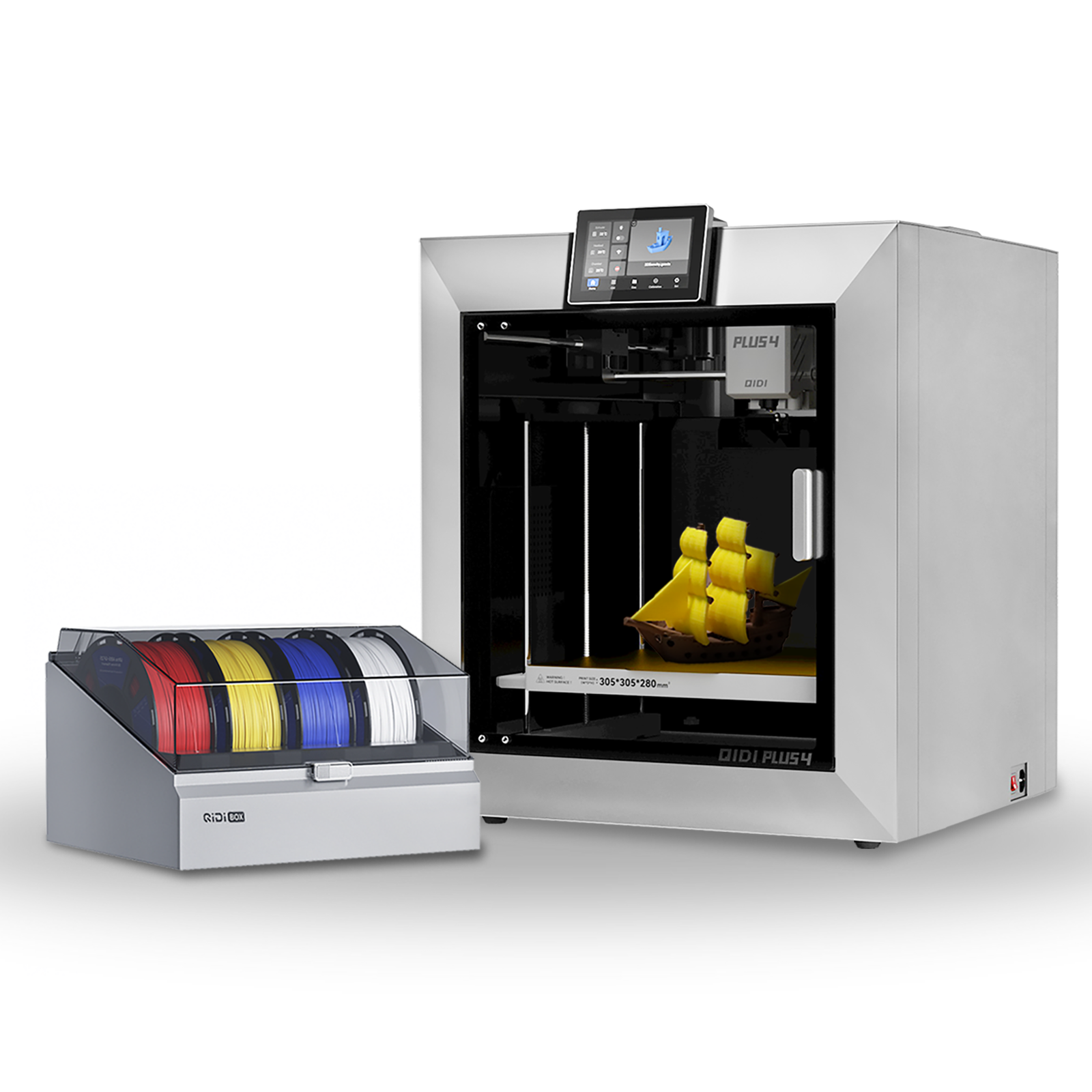 Plus4
Plus4
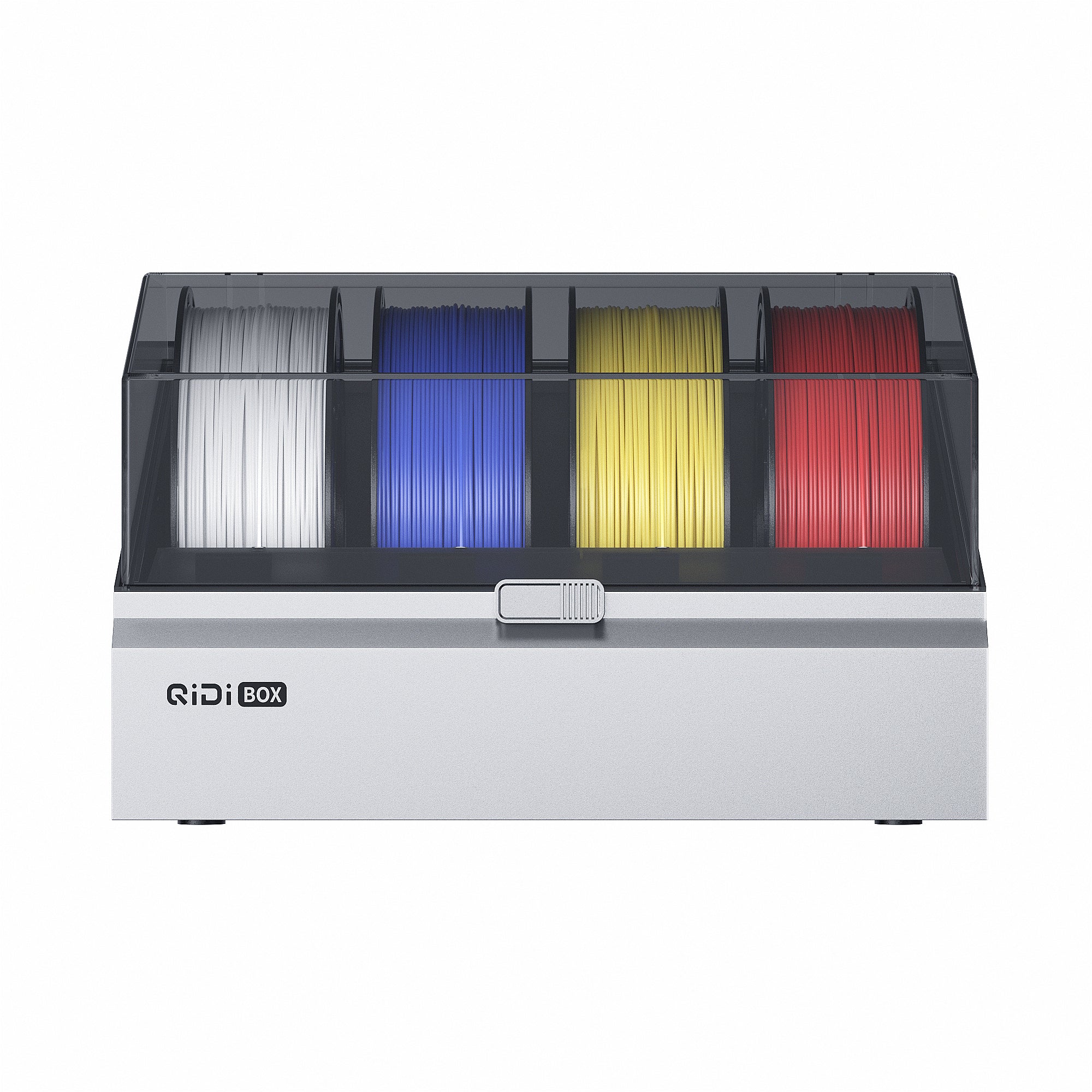 Bosca Qidi
Bosca Qidi
![[Qidi X-CF Pro, speziell für den Druck von Kohlefaser und Nylon entwickelt] - [QIDI Online Shop DE]](http://eu.qidi3d.com/cdn/shop/files/3034a1133efe01daba919094b70c6310.jpg?v=1750300120) Q1Pro
Q1Pro
![[Qidi X-CF Pro, speziell für den Druck von Kohlefaser und Nylon entwickelt] - [QIDI Online Shop DE]](http://eu.qidi3d.com/cdn/shop/products/X-MAX3-3D-Printer-02.png?v=1750300138) Max3
Max3
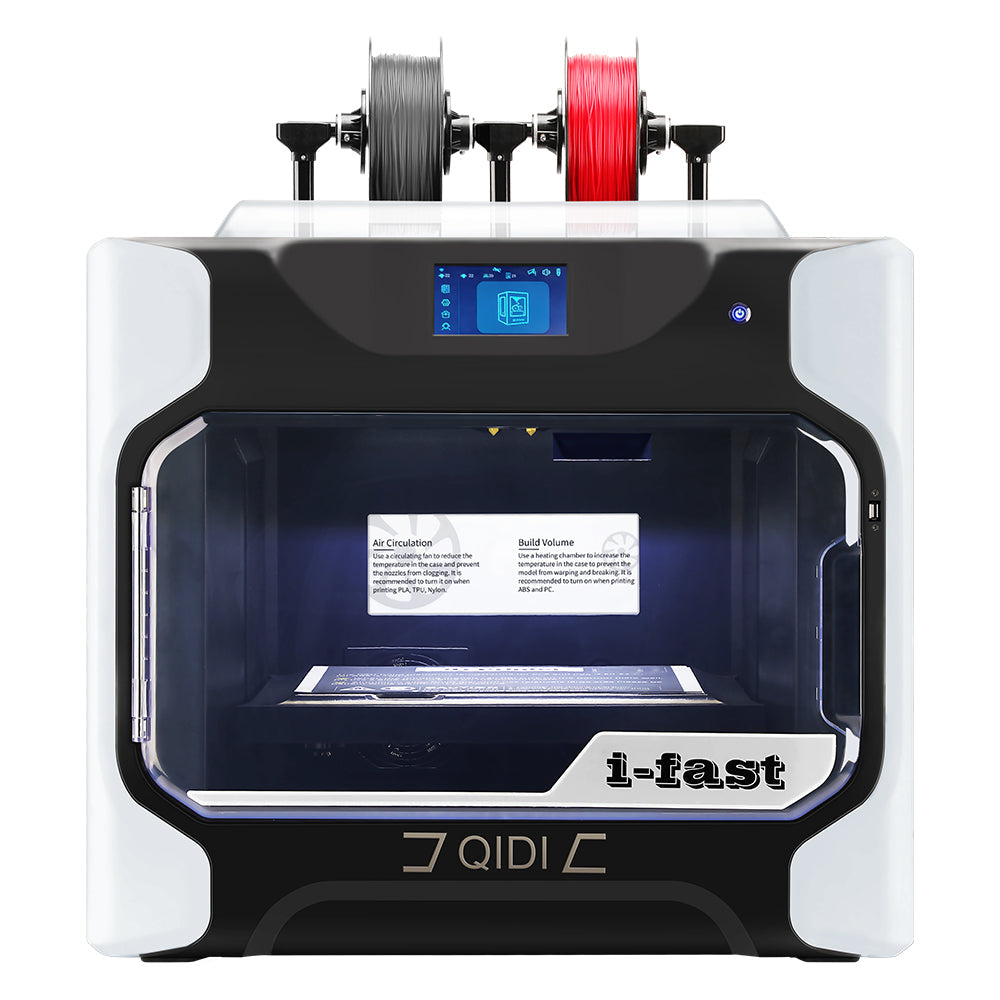 I-Fast
I-Fast
